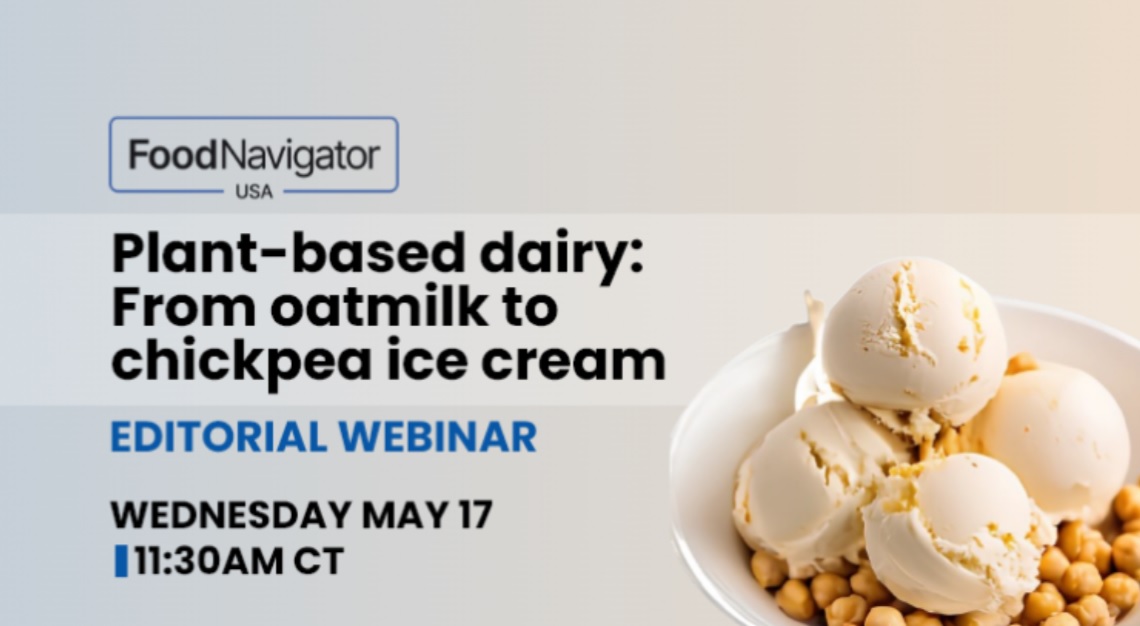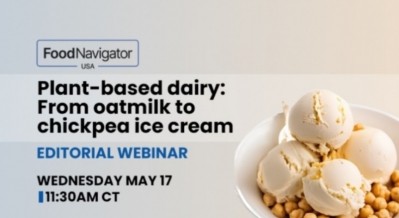FDA reopens plant-based dairy draft labeling guidance amid consumer confusion complaints

In yesterday’s Federal Register, FDA extended the deadline for comments on its draft guidance entitled “Labeling of Plant-Based Milk Alternatives and Voluntary Nutrient Statements” through July 31 at the behest of the Plant Based Products Association, the Good Food Institute, the International Dairy Foods Association and others, which argued they needed additional time to review the data on which FDA based its guidance and other information.
The controversial draft guidance originally published in late February proposed to allow plant-based beverages to use the term “milk” as a descriptor, as they have done for decades despite a standard of identify for milk that ran counter to its use. The agency also recommended plant-based beverages that use the world ‘milk’ voluntarily pair with it a front-of-pack claim comparing its nutritional value to that of dairy milk.
The agency reasoned that while “consumers generally understand that [plant-based milk alternatives] do not contain milk and choose to purchase PBMA because they are not milk,” it also argued that “many consumers may not be aware of the nutritional differences between milk and PBMA products.” As such, it explained, a “voluntary nutrient statement that conveys how the product compares to milk based on the US Department of Agriculture’s Food and Nutrition Service fluid milk substitutes nutrient criteria” should be added for clarity.
Stakeholders on both sides of the issue disagree with FDA’s position, but for different reasons.
[Editor's Note: Interested in learning more about plant-based dairy, including where there are opportunities and strategies to overcome challenges? Join FoodNavigator-USA for a free webinar May 17 -- get all the details and register for Plant-Based Dairy: From Oatmilk to Chickpea Ice Cream.]
A quarter of consumers are confused by ‘milk’ on non-dairy products
The American Farm Bureau Federation and the Midwest Dairy Coalition in comments submitted late last month argue that FDA’s proposal to allow non-dairy products to be labeled as “milk” confuses consumers and they say the addition of voluntary nutrient content claims would not provide sufficient clarity.
The AFBF takes issue with FDA’s interpretation of consumer research that it says justifies allowing the term ‘milk’ on plant-based products. The agency found 75% of consumers surveyed are not confused or misled by the term milk on plant-based products. But AFBF argues a “more appropriate” interpretation of the research is that 25% of consumers are confused or mislead by the term on plant-based products, which it says is a “massive segment of consumers,” including those with less access to quality education, associated with lower incomes and who are “often more susceptible to misleading marketing tactics.”
MDC echoes this concern, arguing FDA’s proposal that plant-based products can use the term ‘milk’ obfuscates the differences between the categories – especially as it relates to nutrition.
The agency acknowledged in the guidance consumer confusion about nutritional differences which his why it suggests a voluntary nutrient statement on packaging outlining key differences.
However, AFBF wrote that “a suggestion of voluntary nutrient statements is futile, since few companies would volunteer such packaging additions, leaving consumers with little additional information on the products they are purchasing.”
This claim, however, may be disingenuous as many food and beverage manufacturers follow FDA guidance, even though it is not enforceable, because not doing so could open them up to civil litigation.
Nutrient content claims contribute confusion, not clarity
Plant-based players and others also are not happy with the agency’s suggestion to use a nutrient content claim to underscore the differences between their products and dairy milk, but for different reasons.
The American Beverage Association argues the recommendation PBMAs disclose on the primary display panel nutrients that are present at lower levels than in traditional dairy milk “has no statutory or regulatory basis, is inconsistent with FDA’s nutrient content claims regulations, is not an efficient approach to facilitate nutrient comparisons across products and risks increasing confusion rather than providing clarity.”
It explains that such nutrient content claims, if added, “risk misrepresenting the overall nutritional profile of a PBMA causing consumer confusion, not clarity.”
A better approach, it adds, would be to direct consumers to the Nutrition Facts Panel for more detailed information, which would paint a complete picture and be consistent with existing regulations.
This strategy also removes the assumption that consumers who buy PBMAs want beverages that are nutritionally equivalent to dairy milk, when the reasons that consumers choose PBMA or dairy milk vary widely, ABA says.
“The nutritional role PBMAs are expected to fill is heavily context-dependent,” it adds.
Dairy is not the gold standard, argues the Physicians Committee for Responsible Medicine
The Physicians Committee for Responsible Medicine goes one step further – noting that many consumers who choose PBMAs do so because they are trying to avoid nutritional aspects of dairy milk – such as saturated fat or additional calories.
It also argues that plant-based milks can easily fortify their products with equivalent vitamins and nutrients as are found in dairy milk, just as dairy milk is fortified with vitamin D.
“Milk provides no nutrients that cannot be found in other sources. Protein, for example, a macronutrient often touted as necessarily needing to come from milk consumptions can easily be sourced from other foods and drinks (like soy milk),” it adds.
ABA also argues that requiring plant-source qualifying language is overly restrictive and unnecessary and will contribute further to confusion as ingredient combinations become more complicated in the future. Already, some plant-based milks combine several key ingredients rather than relying on just one, such as oat or almond.
Racial equity rises as a concern
The Physicians Committee for Responsible Medicine uses the draft guidance as a door to critique the American Dietary Guidelines’ recommendation to include three servings of dairy per day.
“The DGA have unnecessarily and unscientifically centered dairy milk as a nutritional norm in American dietary patterns, and in doing so have consistently failed to address racial equity,” it argues.
“Lactose intolerance is normal and is particularly prevalent among specific populations of color: approximately 95% of Asians, 60% to 80% of African Americans, 80% to 100% of American Indians and 50% to 80% of Hispanics, according to the National Institutes of Health,” the group notes. The guidance, therefore is “intentionally or not – racially biased,” it concludes.
Other stakeholders interested in commenting on the guidance have until July 31 to do so and should reference the Docket: FDA-2023-D-0451.
























